 Laura Clifford Barney
Laura Clifford Barney
Born: November 30, 1879
Death: August 18, 1974
Place of Birth: Cincinnati, Ohio
Location of Death: Paris, France
Burial Location: Paris Cemetery, Paris, City of Paris, Plot Division 9
Laura Dreyfus-Barney was a leading American Baháʼí teacher and philanthropist. She was the daughter of Albert and Alice Pike Barney. Albert Clifford Barney was the son of a manufacturer of railway cars and was of English descent.
She was a leading American Bahá’í teacher and philanthropist who was well known for having compiled Some Answered Questions from her interviews with ‘Abdu’l-Bahá. Her parents were Albert and Alice Pike Barney, and she had a sister, Natalie Clifford Barney.
She was the daughter of Albert and Alice Pike Barney. Albert Clifford Barney was the son of a manufacturer of railway cars and was of English descent. Alice was of French Dutch and German ancestry, and was a socially prominent artist from Washington, D.C. Laura and her elder sister Natalie Clifford Barney were educated by private tutors. Laura became a leading American Bahá’í teacher and philanthropist. She is best known for having compiled the Bahá’í text Some Answered Questions from her interviews with `Abdu’l-Bahá during her visit to Acca between 1904 and 1906.
She attended Les Ruches, a French boarding school founded by feminist Marie Souvestre. While continuing her studies in Paris, Laura met May Bolles (later Maxwell), a Canadian Bahá’í, and was converted to the faith in about 1900. Her mother converted soon afterward. In 1911, she married Hippolyte Dreyfus (married name Hippolyte Dreyfus-Barney).
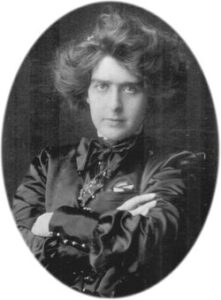 Laura Barney financed the visit of the Persian Bahá’í scholar Mírzá Abu’l-Faḍl-i-Gulpáygání to the United States in 1901-04, in order to propagate the faith there, and helped to publish the translation of his Ḥojaj al-bahīya known as The Bahá’í Proofsl
Laura Barney financed the visit of the Persian Bahá’í scholar Mírzá Abu’l-Faḍl-i-Gulpáygání to the United States in 1901-04, in order to propagate the faith there, and helped to publish the translation of his Ḥojaj al-bahīya known as The Bahá’í Proofsl
In 1904 she visited `Abdu’l-Bahá in ʿAkkāʾ, Palestine, where she remained about two years, acquiring a working knowledge of Persian and becoming an intimate of his household. During that time she arranged to have `Abdu’l-Bahá’s answers to her questions, mainly on philosophy and Christian theology, recorded by his secretaries. She collaborated with her future husband, Hippolyte Dreyfus, on the editing and translation of this work. In 1905-06 she visited Persia, the Caucasus, and Russia with Dreyfus. After their marriage in April 1911, when they both adopted the surname Dreyfus-Barney, she traveled extensively with him.
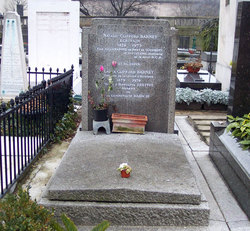 Dreyfus-Barney was active in the International Council of Women from the 1920s to the 1960s and was its representative to the League of Nations and then later worked connecting the United Nation’s Children’s Fund with various NGOs after World War II. Between these, during World War I, Dreyfus-Barney served in the American Ambulance Corps (1914-15), and the American Red Cross (1916-18) in France, and helped to establish the first children’s hospital in Avignon (1918). For her lifetime of services she was named chevalier (1925) and officer (1937) of the French Légion d’Honneur. There is a copy of her unpublished memoirs in the Bahá’í national archives in France.
Dreyfus-Barney was active in the International Council of Women from the 1920s to the 1960s and was its representative to the League of Nations and then later worked connecting the United Nation’s Children’s Fund with various NGOs after World War II. Between these, during World War I, Dreyfus-Barney served in the American Ambulance Corps (1914-15), and the American Red Cross (1916-18) in France, and helped to establish the first children’s hospital in Avignon (1918). For her lifetime of services she was named chevalier (1925) and officer (1937) of the French Légion d’Honneur. There is a copy of her unpublished memoirs in the Bahá’í national archives in France.
Source:
Wikipedia
Images:
Courtesy of Dr. Duane Troxel
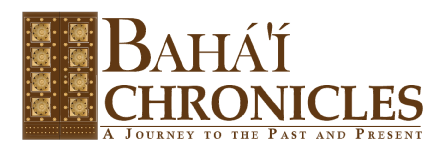
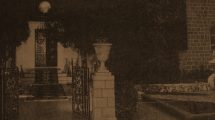
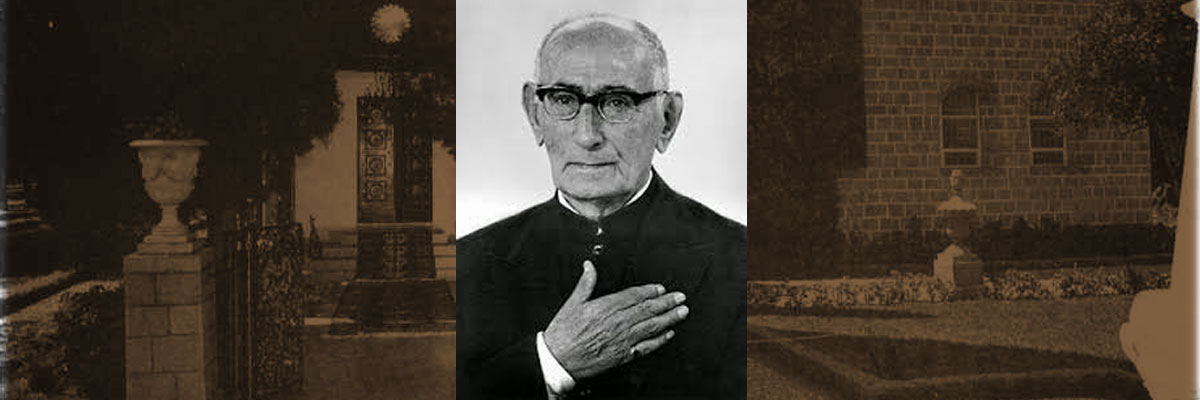
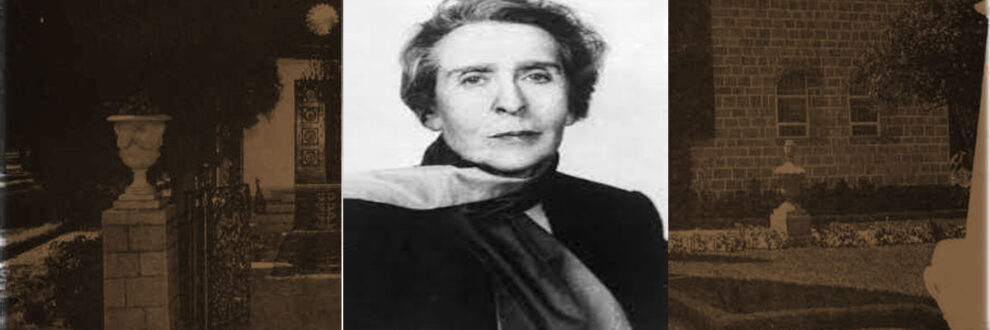


Add Comment